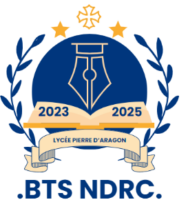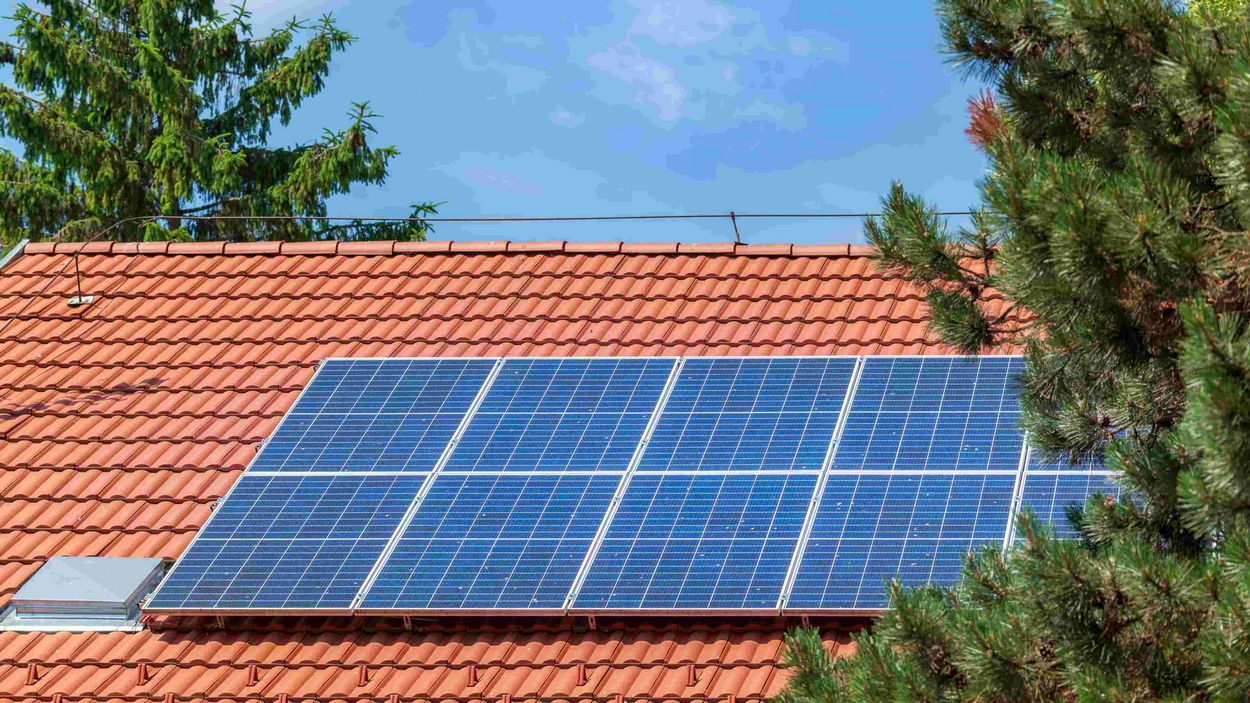Begin with Energy Performance
Making the home energy-efficient before mounting a renewable resource system will save money on power bills. Energy-efficiency improvements can preserve energy and stop heat or amazing air from leaving. House owners can acquire home energy assessments and set up appropriate insulation, air securing, and ENERGY STAR- qualified home windows, heating cooling equipment, kitchen appliances, and lights systems. Smart water use, available daylight, appropriate landscape design, and indigenous vegetation can also boost home efficiency.
Integrate Renewable Energy
Once home energy-efficiency renovations have been made, property owners are best positioned to consider alternatives for installing a renewable energy system.
Geothermal Heat Pumps
Geothermal heat pumps, also called ground source or water resource heat pumps, transfer warm right into and out of the home, utilizing the ground as both a warm resource and a warmth sink. These pumps can accomplish performances 2 to 3 times greater than frequently utilized air resource heatpump (ASHPs), due to the fact that they rely upon the reasonably consistent ground temperatures to move heat to or from a home. Across much of the United States, the temperature level of the top 10 feet of the ground stays in between 45deg; deg; F and 75 deg; F, and often in between simply 50deg; deg; F and 60 deg; F.follow the link renewable-energy-advisors.com At our site By contrast, air temperature levels can vary, throughout a year, from below 0deg; deg; F to over 100 deg; F. Geothermal heat pumps are resilient and long lasting, and specially furnished systems can also provide hot water during the summer. While buying and setting up a geothermal heat pump costs greater than mounting an ASHP system with comparable capability, the additional prices can be redeemed with energy savings in 10 to 15 years compared to ASHPs.
Solar Water Home Heating
Solar hot water heater use sunlight to heat water for the home. Solar water furnace use shielded tank and solar batteries to record and maintain heat from the sun, and heat circulating water. Solar water heaters call for a backup system, such as traditional hot water heating units, when there is insufficient sunshine.
Solar Power Equipments
Solar solar (PV) systems convert sunlight right into electricity. Solar energy can create all or several of a homes electrical energy requires, depending on the number of photovoltaic panels made use of, and can heat water too. With adequate sunshine, PV systems can harness power in cold and hot environments. The standard building block of a PV system is the solar battery. Numerous solar batteries create modules called solar panels that vary in outcome from 10 to 400 watts. Panels are made to make it through storm and hail storm damages and are immune to deterioration from ultraviolet rays. They are highly reputable and require little maintenance. Panels are generally grouped with each other on a structure rooftop or at ground level in a rack to create a PV selection. The array can be placed at a repaired angle or on a monitoring gadget that follows the sunlight to make best use of sunshine capture.
Wind Power Systems
Little domestic wind power systems can create all or a few of a homes power demands(if sufficient land area and average wind speeds are available) and can be integrated with solar and battery storage space to supply emergency back-up power. Wind turbines utilize the movement of the wind to turn a shaft connected to a generator, that makes electrical energy. The size of the turbine and the speed of the wind identify just how much electrical energy it will certainly make. Common residential wind power systems have power rankings ranging from 5 to 30 kilowatts. To be a suitable candidate for a wind system, a homeowner needs to contend least one acre of land and stay in a location that has a typical yearly wind rate of at least 10 miles per hour. The wind turbine tower elevation need to be picked based on the elevation of neighboring wind blockages, such as buildings or greenery, and are usually 60 to 140 feet high.
Approximated Costs
Federal and state incentives can dramatically minimize the upfront costs of mounting a renewable resource system. The Database of State Rewards for Renewables Efficiency can assist property owners locate rewards near them. And also, renewable resource systems can pay for themselves gradually. Grid-connected solar and wind systems are particularly cost-effective because excess electrical energy is sent back to the power grid and can make property owners straight rebates or credit ratings from local utility suppliers.
- Solar PV systems set you back about $3 per watt installed. A 7,000 watt (7 kilowatt) system consequently costs concerning $21,000 to mount. Such a system would offer 20 to 35 kilowatt-hours of electricity each day, depending upon climate, and might satisfy the majority of a houses
- need. Solar warm water systems can satisfy 50% of the warm water requires for a family members of 4 and normally price between $5,000 and $7,000 to mount.
- Tiny wind power systems cost an average of $5 per 120 kilowatts to install. Investing in and installing a system can vary from $10,000 to $70,000, depending on local zoning, permitting, and utility affiliation prices.
Selling Power
Numerous house owners can offer any excess power their solar and wind systems produce back to their energy companies and, for that reason, settle their renewable resource investments more quickly. Most states have actually established web metering rules for customers who create excess electrical power through solar, wind, or various other systems and feed it right into the grid. In net metering, a bi-directional meter records both the electricity the home draws from the grid and the excess electrical power the property owners system feeds back right into the grid.

